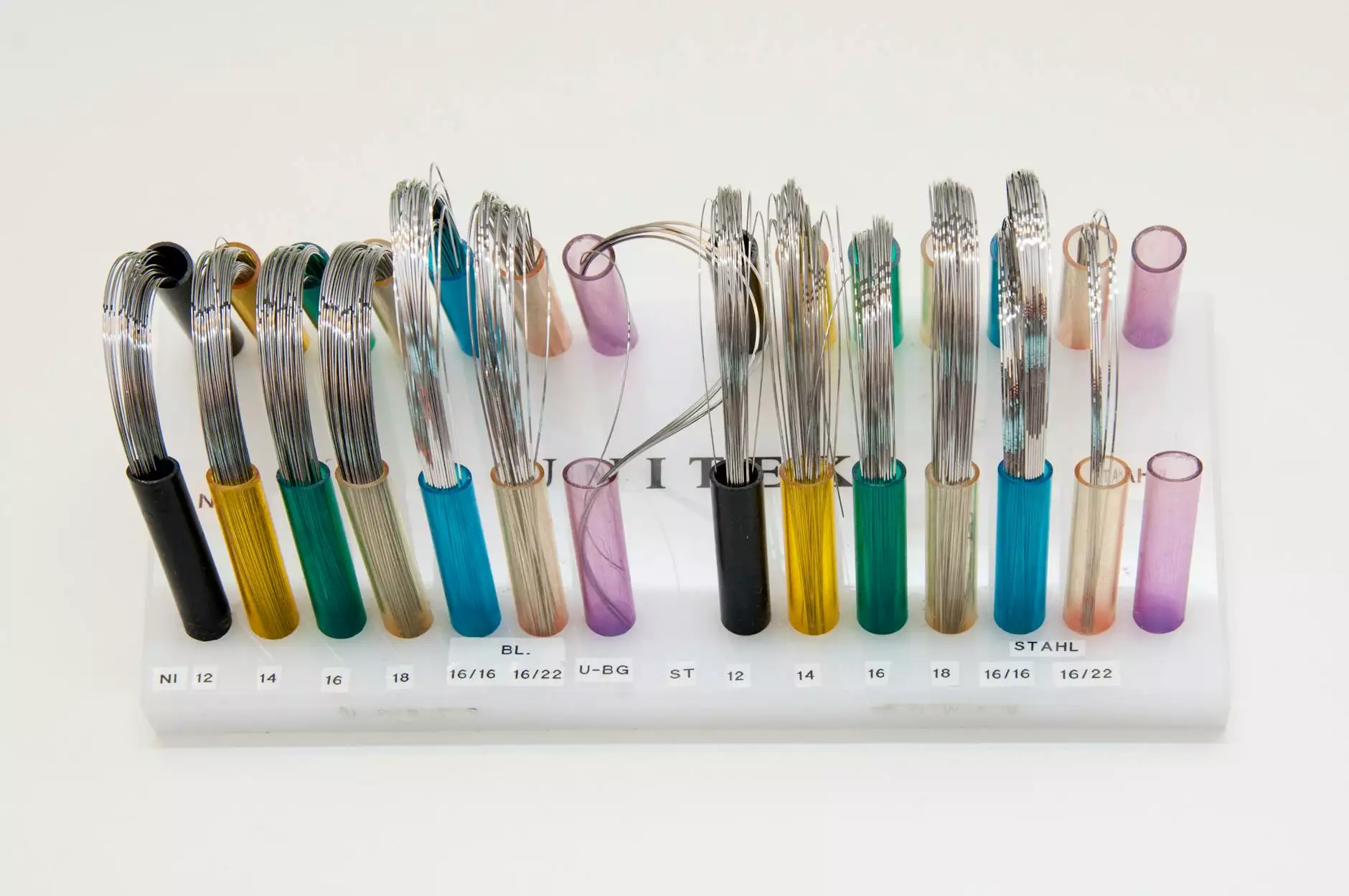Understanding Sclerotherapy Pain: Causes, Management, and Outcomes

Sclerotherapy has revolutionized the treatment of varicose veins and spider veins, offering patients a minimally invasive solution with impressive results. However, concerns about sclerotherapy pain often linger, deterring individuals from seeking this effective therapy. This comprehensive guide delves into everything you need to know about sclerotherapy pain, including its causes, how it can be managed, and what outcomes you can expect following treatment.
What is Sclerotherapy and Why is It Popular in Vascular Medicine?
Sclerotherapy is a clinical procedure performed by vascular medicine specialists to eliminate varicose and spider veins. It involves injecting a specialized solution, known as a sclerosant, directly into the affected veins. This solution causes the veins to collapse and eventually be absorbed by the body, leading to smoother skin and improved blood flow.
The popularity of sclerotherapy is largely due to its minimally invasive nature, high success rate, minimal recovery time, and the ability to treat a wide range of vein-related issues in various parts of the body. Today, sclerotherapy remains a gold standard for non-surgical vein treatment, consistently ranking high among preferred treatments for venous abnormalities.
Delving Into Sclerotherapy Pain: What Patients Must Know
Despite its many benefits, patients often ask about sclerotherapy pain, especially regarding what sensations are normal, how intense they might be, and how to manage discomfort effectively. Understanding these aspects is crucial for setting realistic expectations and making informed decisions about the treatment process.
The Nature of Sclerotherapy Pain: What to Expect
During sclerotherapy, most patients experience minimal discomfort. Common sensations include a brief prick or stinging feeling at the injection site. Some individuals report a sensation of burning or cramping during or immediately after the injection, which usually subsides quickly.
It is important to note that sclerotherapy pain varies among patients based on factors such as vein size, the extent of the treatment area, and individual pain thresholds. While some describe the feeling as negligible, others may experience mild to moderate discomfort.
Factors Contributing to Sclerotherapy Pain
- Vein Size and Location: Larger veins or veins located deeper under the skin may cause a sensation of increased discomfort.
- Type of Sclerosant Used: Some solutions may induce a more intense burning sensation.
- Injection Technique: The skill and experience of the vascular specialist influence the level of pain experienced.
- Patient's Pain Threshold: Individual differences significantly impact perceived pain levels.
- Number of Veins Treated: Multiple injections can accumulate to produce more discomfort.
Managing and Minimizing Sclerotherapy Pain Effectively
Effective management of sclerotherapy pain enhances patient comfort, improves overall treatment experience, and encourages adherence to post-treatment care protocols. Here are proven strategies that vascular specialists employ to minimize discomfort:
Pre-procedure Measures
- Patient Education: Explaining the procedure in detail reduces anxiety, which can amplify pain perception.
- Numbing Agents: Application of topical anesthetics like lidocaine creams can numb the skin surface, reducing the prick sensation.
- Medication: In some cases, mild oral analgesics may be recommended before the procedure.
During the Procedure
- Cold Compresses: Applying cold packs immediately after injections can numb nerves and diminish pain.
- Proper Technique: Experienced vascular specialists use fine needles and slow injections to reduce discomfort.
- Adjusting Sclerosant Concentration: Lower concentrations can be used when appropriate to lessen burning sensations.
Post-procedure Care
- Compression Stockings: Wearing compression stockings helps support veins and diminishes residual discomfort.
- Pain Relievers: Over-the-counter medications such as acetaminophen or ibuprofen effectively manage mild pain.
- Elevating Legs: Resting and elevating legs reduce swelling and discomfort.
- Monitoring and Follow-up: Regular check-ins with your vascular specialist ensure proper healing and address any unusual pain or complications promptly.
Expected Outcomes and Long-term Benefits Post-Sclerotherapy
Beyond managing sclerotherapy pain, understanding the anticipated outcomes helps patients stay motivated and informed about their recovery journey. Most patients experience significant aesthetic improvements and improved vascular health following successful sclerotherapy.
Short-term Results
- Visible fading of treated veins within days to weeks.
- Minimal swelling and bruising, which resolve over a few days.
- Within 1-2 weeks, many notice a substantial reduction in vein prominence.
Long-term Benefits
- Venous Function Improvement: Restoring normal blood flow and reducing vein-related symptoms like heaviness or itching.
- Cosmetic Enhancement: Smoother, clearer skin in treated areas.
- Prevention of New Veins: Proper management and lifestyle modifications can decrease recurrence.
Important Considerations and Potential Risks
While sclerotherapy is safe and effective, it is essential to discuss potential risks and complications with your vascular specialist:
- Minor side effects: swelling, redness, and temporary skin discoloration.
- Rare complications: allergic reactions, ulcerations, or deep vein thrombosis, which are exceedingly uncommon when performed by experienced professionals.
- Persistence of some veins: Some veins may require multiple treatment sessions for optimal results.
Choosing the Right Vascular Specialist for Your Sclerotherapy
Expertise matters significantly in minimizing sclerotherapy pain and ensuring successful outcomes. Look for a board-certified vascular medicine specialist with extensive experience and a proven track record. Transparent communication, individualized treatment plans, and compassionate care enhance patient satisfaction and mitigate discomfort.
Conclusion: Embracing Sclerotherapy with Confidence
In conclusion, understanding sclerotherapy pain—its causes, management strategies, and what to expect—empowers patients to approach this treatment with confidence. The key is to work closely with a skilled vascular specialist, follow pre- and post-procedure guidelines, and maintain an open dialogue about any discomfort experienced.
Remember, the benefits of improved vein health and aesthetics far outweigh temporary discomforts, especially when proper pain management protocols are in place. With advancements in treatment techniques and patient-centered care, sclerotherapy remains a safe, effective, and minimally invasive solution for venous conditions.
Contact Your Vascular Medicine Expert Today
If you are considering sclerotherapy or have concerns about sclerotherapy pain, reach out to a trusted specialist at trufflesveinspecialists.com. Expert guidance ensures personalized care, optimal outcomes, and a comfortable treatment journey.









